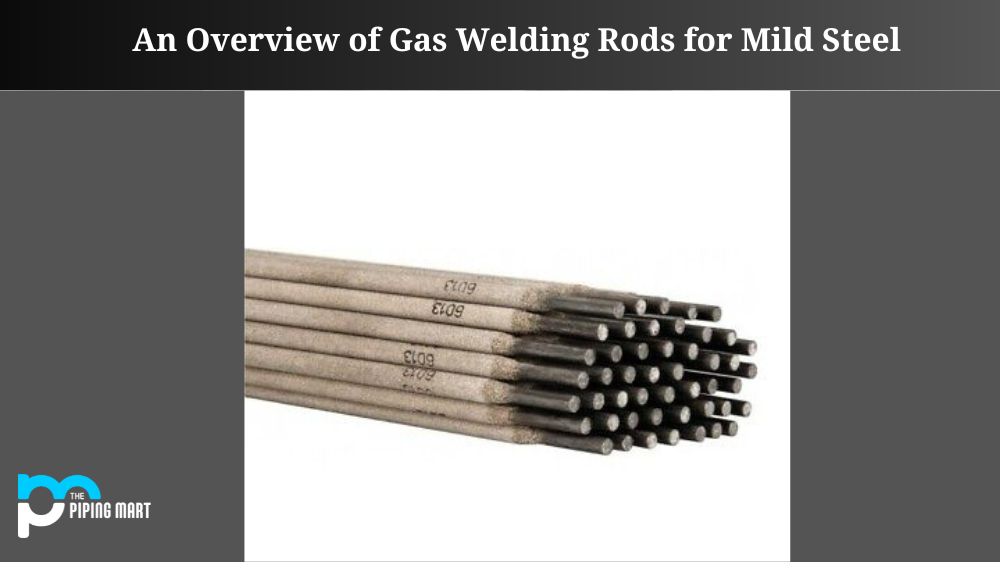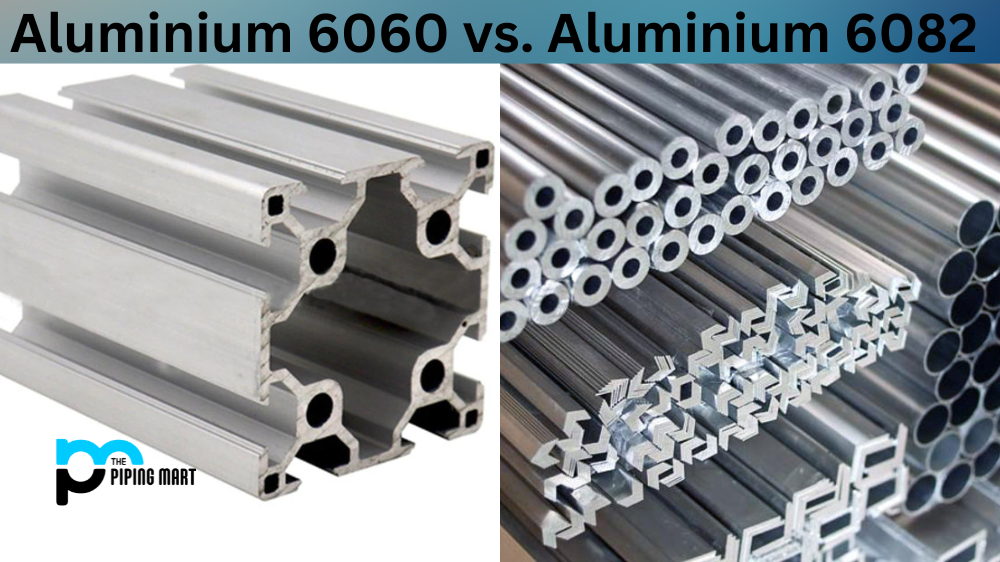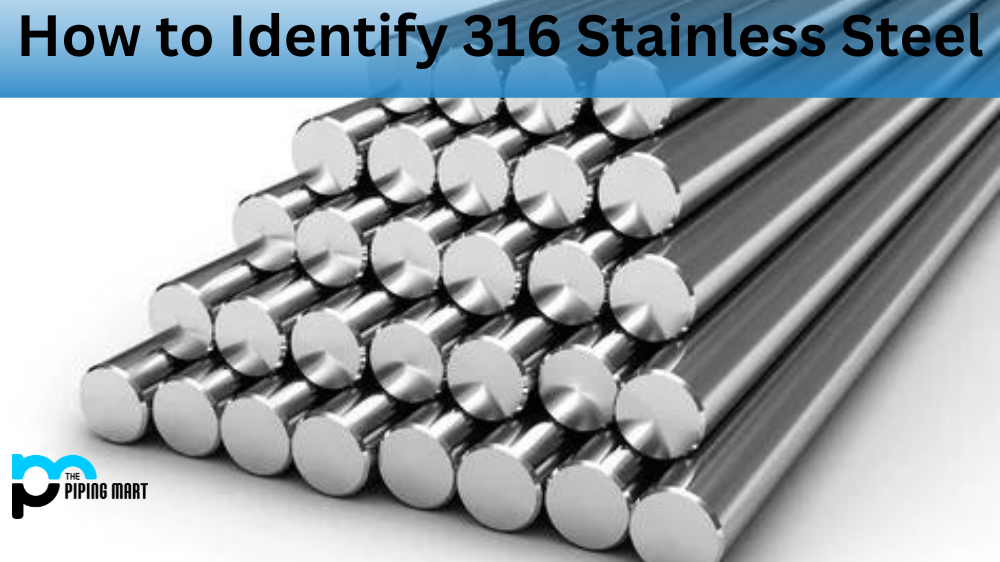Chrome Vanadium Steel, or Cr-V Steel, is a magnetic alloy central in manufacturing and engineering. This material combines steel’s hardness and durability with chromium’s corrosion resistance and vanadium’s toughness. Chrome vanadium steel has become popular across multiple industries, from automotive to tools and home appliances. This article will explore this alloy’s composition, mechanical properties, physical properties, uses, corrosion resistance, heat treatment, machining, and welding.
Composition
Chrome vanadium steel is made of iron, carbon, chromium, and vanadium. The exact composition depends on the manufacturer and the intended use of the alloy. The carbon content ranges between 0.4% and 1.5%, while the chromium ranges between 0.8% and 1.2%. The vanadium content is usually between 0.15% to 0.25%. These ratios give chrome vanadium steel its unique properties.
Mechanical Properties
Chrome vanadium steel has excellent mechanical properties, making it widely used to fabricate heavy-duty tools and machine parts. Cr-V Steel has high tensile strength, which measures how much force an object can withstand before breaking. It also has high fatigue resistance, which is crucial in repetitive motion or stress applications. This steel is also springy and ideal for certain springs and other elastic components.
Physical Properties
Chrome vanadium steel has an excellent combination of hardness, toughness, and wear resistance.
This makes it ideal for cutting tools and metalworking machinery. Additionally, Cr-V Steel is magnetic and has a relatively high melting point, around 2,830°F (1,556°C), higher than most other alloys.
Uses
Chrome vanadium steel is used in many applications that require strength, durability, and corrosion resistance. Some of its common services include hand tools like wrenches, pliers, and screwdrivers, as well as automotive parts like gears, shafts, and suspension springs. This steel is also used in household appliances like kitchen knives, scissors, and construction and agriculture machinery.
Corrosion Resistance
Chrome vanadium steel is highly corrosion resistant, thanks to chromium’s presence in the composition. Chromium reacts with oxygen to create a thin layer of oxides on the surface of the metal, preventing further oxidation and rust. However, chrome vanadium steel is not completely rust-proof, and it may corrode in the presence of certain chemicals or environments.
Heat treatment
Heat treatment subjects the material to specific temperatures and cooling conditions to modify its properties. Chrome vanadium steel can be heat-treated to increase its hardness, toughness, and wear resistance. The most common heat treatment methods for Cr-V Steel include annealing, quenching, tempering, and hardening.
Machining
Chrome vanadium steel is relatively easy to machine but requires high-speed tools and proper cooling to avoid overheating and damage to the device and the workpiece. Machining high-quality Cr-V Steel parts requires advanced equipment and expertise to ensure accuracy and precision.
Welding
To prevent cracking and distortion, chrome vanadium steel is weldable but requires preheating and post-weld heat treatment. This process requires proper equipment, procedures, and expertise to ensure the integrity and durability of the weld.
Conclusion
Chrome vanadium steel is a versatile and reliable alloy that has become essential in many industries. Its unique properties make it ideal for a wide range of applications that require strength, toughness, durability, and corrosion resistance. This steel has been a game-changer in the manufacturing and engineering world, offering an excellent balance of performance and affordability. As technology advances, we can expect even more special applications and innovations made possible by this fantastic alloy.

Pipingmart is a B2B portal that specializes in metal, industrial and piping items. Additionally, we share the latest information and information about materials, products and various types of grades to assist businesses that are involved in this business.




